Along the lines of its predecessor, the Black Shark 3 Pro intends to further blur the lines between a gaming phone and a hand-held console. Unveiled in May, it boasts a 7.1-inch OLED QHD+ display with a 90 Hz refresh rate and a 270 Hz touch reporting rate — the fastest to date. This third Back Shark generation is equipped with the premium-tier Snapdragon 865 processor, Xiaomi’s “Sandwich” liquid cooling technology, and of course 5G connectivity. It also offers 12 GB of RAM and 256 GB of SSD storage, as well as “super fast 65 W hyper charging“.
Audio specs include two front-facing “symmetric” stereo speakers (top and bottom) which, along with the Biso Sound feature, promise to deliver an immersive audio experience, and to remain unobstructed while playing games. Unlike the Black Shark 2 Pro, the latest version includes a 3.5mm jack, which will come in handy for many game and music enthusiasts.
Audio specifications include:
- Two front-facing stereo speakers
- 3.5mm jack
- Biso Sound
About DXOMARK Audio tests: For scoring and analysis in our smartphone audio reviews, DXOMARK engineers perform a variety of objective tests and undertake more than 20 hours of perceptual evaluation under controlled lab conditions. This article highlights the most important results of our testing. Note that we evaluate both Playback and Recording using only the device’s built-in hardware and default apps. (For more details about our Playback protocol, click here; for more details about our Recording protocol, click here.)
Test summary


With an overall score of 55, our DXOMARK Audio testing protocole placed the Black Shark 3 Pro just above its predecessor, the Black Shark 2 Pro, but still way behind Mi 10 Pro’s score of 76, our top-scoring phone to date, and even well below the average score of all the phones we have tested so far.
In Playback testing, while the Black Shark 3 Pro sweeps first place for the Artifacts sub-score and delivers satisfying volume results, its midrange-oriented tonal balance and lack of low-end extension deeply impairs dynamics and spatial reproduction.
However, the Biso Sound feature brings many improvements: an increased low-end extension which results in a less canny overall sound and improves bass precision as well as punch, and an enhanced high-end extension which improves localizability. Please note our scores reflect the evaluation with default settings, which means without the Biso feature activated.
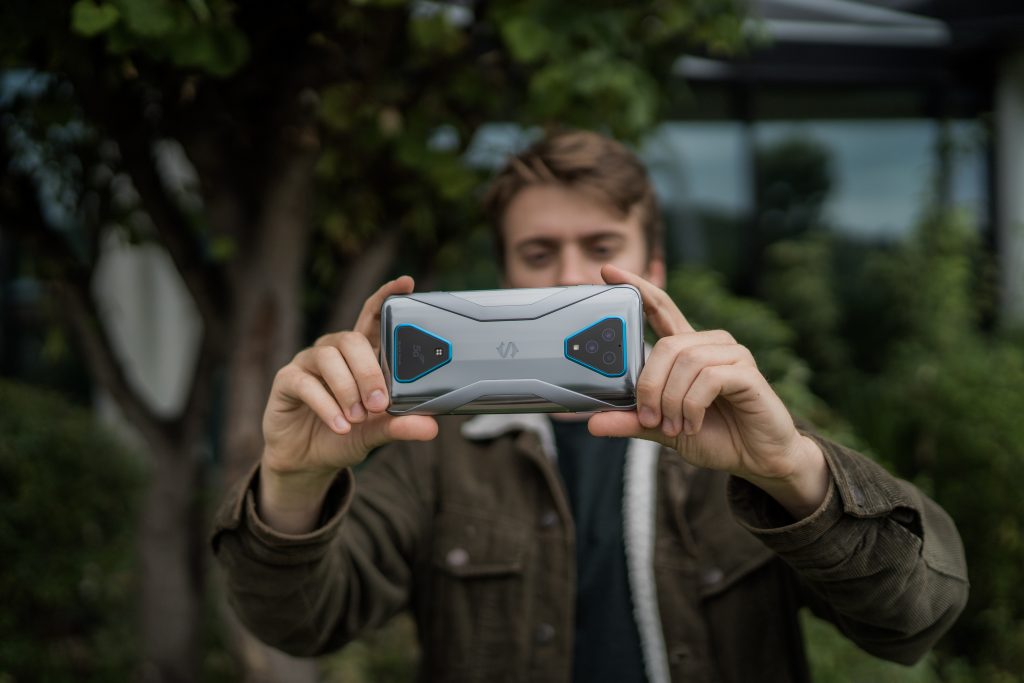
Recording tests showed that the Black Shark substantially improved its audio performance compared to the second iteration, but still not enough to even reach an average Recording sub-score. While the device fares brilliantly in volume, it delivers a poor artifacts performance and unsatisfactory background recordings, as well as a deeply unbalanced frequency response.
Sub-scores explained
The DXOMARK Audio overall score of 51 for the Black Shark 2 Pro is derived from its Playback and Recording scores and their respective sub-scores. In this section, we’ll take a closer look at these audio quality sub-scores and explain what they mean for the user.
Playback
Timbre tests measure how well a phone reproduces sound across the audible tonal range and takes into account bass, midrange, treble, tonal balance, and volume dependency.
While its predecessor’s speakers timbre performance was weak-to-average, the Black Shark 3 Pro’s is even weaker, due to a particularly midrange-oriented tonal balance and a lack of low-end, especially at soft volumes.
Furthermore, although midrange frequencies (mids) are prominent, voices tend to sound muffled.
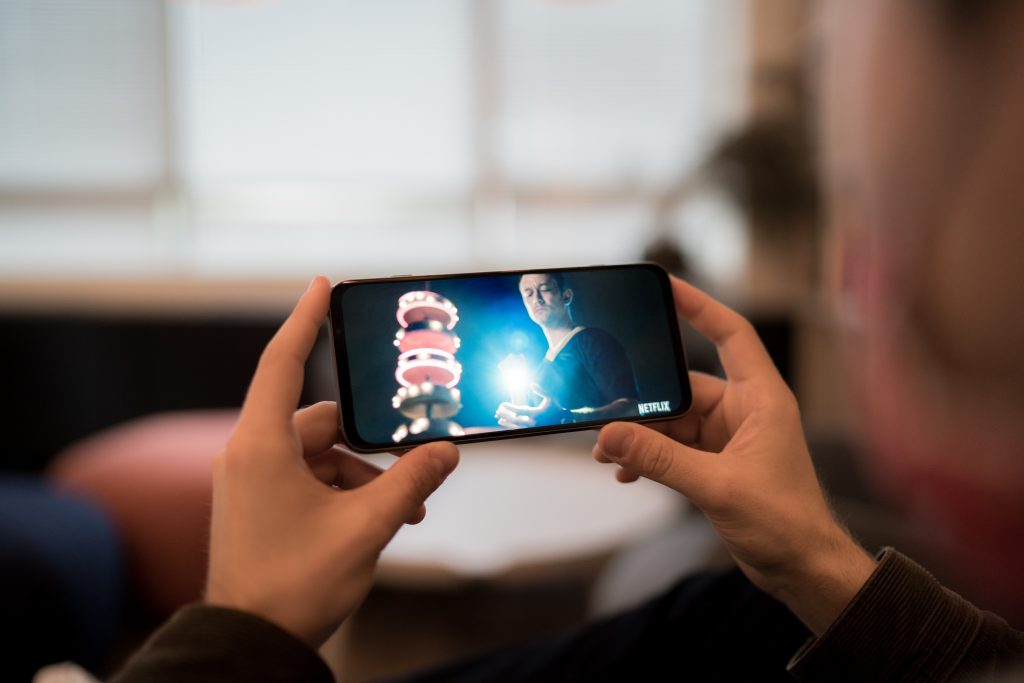
At maximum volume, the tonal balance is symmetrically impaired by a lack of high-end frequencies, while upper-midrange frequencies become particularly aggressive. Movies fare slightly better, with higher scores in every frequency range.
However, engaging the “Biso Sound” feature improves the bass presence, makes mids more natural and increases treble sharpness, resulting in a less canny overall sound.

Dynamics
Black Shark 3 Pro
54
81
DXOMARK’s dynamics tests measure how well a device reproduces the energy level of a sound source, and how precisely it reproduces bass frequencies.
Dynamics are quite often affected by the timbre performance, which in this case means that both bass precision and punch deeply suffer from the lack of low-end extension, whereas attack is impaired by the fact that transients tend do sound a bit weak and muffled. Here again, activating the Biso Sound improves bass precision and punch.
While attack is poorer when playing games, punch and bass precision tend to perform better in this use case. The Black Shark 3 Pro ensures best playback dynamics when playing games, or when listening to Hip Hop tunes.

Spatial
Black Shark 3 Pro
47
88
The sub-attributes for the perceptual spatial tests include localizability, balance, distance and wideness.
Thanks to the smart positioning of the speakers, wideness is fairly good. Alas, sound doesn’t follow when the user rotates the phone to inverted landscape, which means the audio’s left and right channels are inverted — quite like watching a mirrored video.

Although centered elements tend to be perceived slightly below, balance is good, whereas distance is impaired by the muffled mids: voices are often perceived more distant than they should, further than the screen’s physical position. Curioulsy enough, localizability is especially poor when watching movies or playing games. Once again, the Biso Sound feature comes to the rescue: thanks to the improvements in the high-end part of the spectrum, it allows a much finer localizability.

Volume
Black Shark 3 Pro
62
91
Volume tests measure both the overall loudness a device is able to reproduce and how smoothly volume increases and decreases based on user input.
In volume testing, Black Shark the third benefits from substantial improvements compared to its elder, rising its score from 46 to 62 — it didn’t surpass the X2 though, which until now holds the title in this category.
| Hip-Hop | Classical |
| 77.4 dBA | 70.5 dBA |
While minimum volume is too low (which means dynamic contents are barely intelligible), maximum volume is particularly loud: as a reference, Xiaomi’s Mi 10 Pro, the top-scoring phone in our audio-testing database, delivers only 73.8 dBA of maximum volume with our Hip Hop testing scenario. Finally, the volume steps are perceived as fairly consistent.

Artifacts
Black Shark 3 Pro
90
113
Artifacts tests measure how much source audio is distorted when played back through a device’s speakers. Distortion can occur both because of sound processing in the device and because of the quality of the speakers.
Apart from slight compression at maximum volumes and a little distortion on synthetic signals and when playing games, the Black Shark 3 Pro excels at controlling undesirable sounds, whether it be temporal or spectral artifacts. On the subject of games, the speakers are almost impossible to occlude during gaming sessions or while watching movies, once again thanks to their clever positioning.
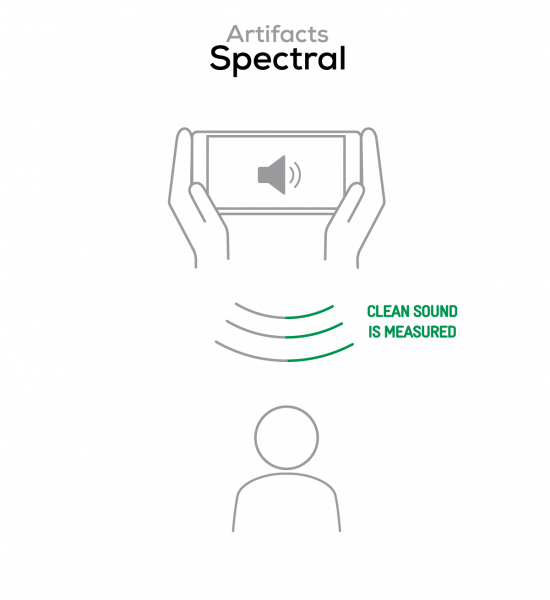
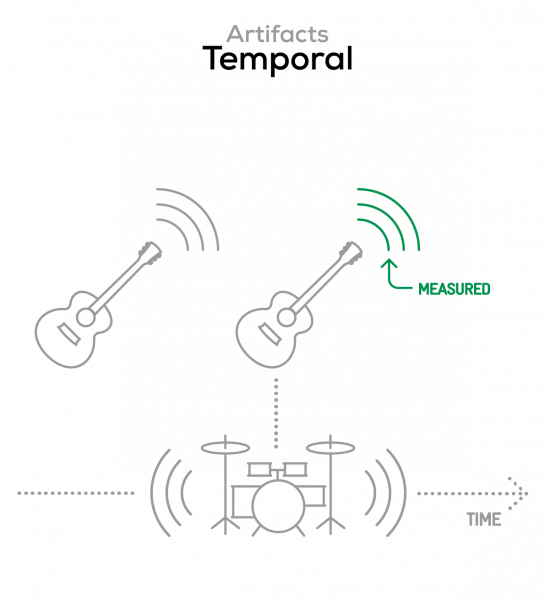
Recording

Timbre
Black Shark 3 Pro
43
91
The Black Shark 3 Pro’s Timbre sub-score reveals undeniable improvements compared to the second generation. However, despite good high-end extension, tonal balance is severely impaired by a lack of bass and low-mids which induces a canny sound, which accentuates in loud environments.
While recording concerts is clearly not the Black Shark 3 Pro’s strength, videos filmed with the rear camera fare slightly better than our other testing scenarios.

Dynamics
Black Shark 3 Pro
53
81
When recording in loud environments, attack is heavily affected by noticeable clipping on transient, impactful sounds. Furthermore, voice envelopes are less precise due to a constant high-pitched background noise. Once again, recording concerts is definitely a weak spot for Xiaomi’s gaming phone. Selfie videos are most respectful of the sound’s envelope, while life videos offer the highest signal-to-noise ratio of all scenarios (58 dB).

Spatial
Black Shark 3 Pro
54
78
The Black Shark 3 Pro delivers a decent spatial performance, thanks to its fine high-end extension. Localizability is particularly good when recording videos with the rear camera or meetings (phone flat on the table).
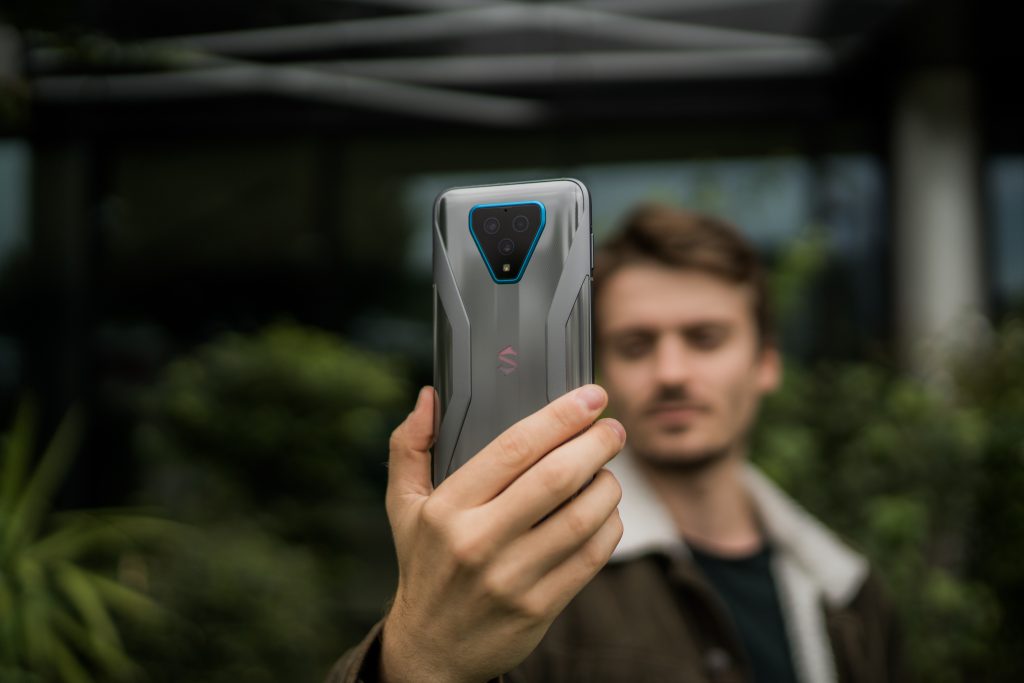
However, selfie videos fare very poorly in localizability as well as distance, and wideness is globally unsatisfactory, regardless of the use case or the app used. The lack of low-mids affects distance, in that voices are often perceived further than they originally were in the recorded scene.
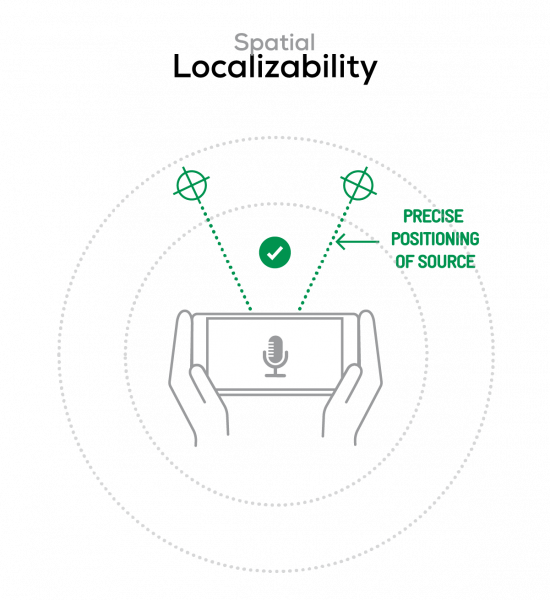

Volume
Black Shark 3 Pro
60
99
As Artifacts are for playback, Volume is definitely the Black Shark 3 Pro’s strong suit when it comes to recording. Nominal recording loudness is excellent, regardless of the app and the use case. Maximum recording level is also satisfying.
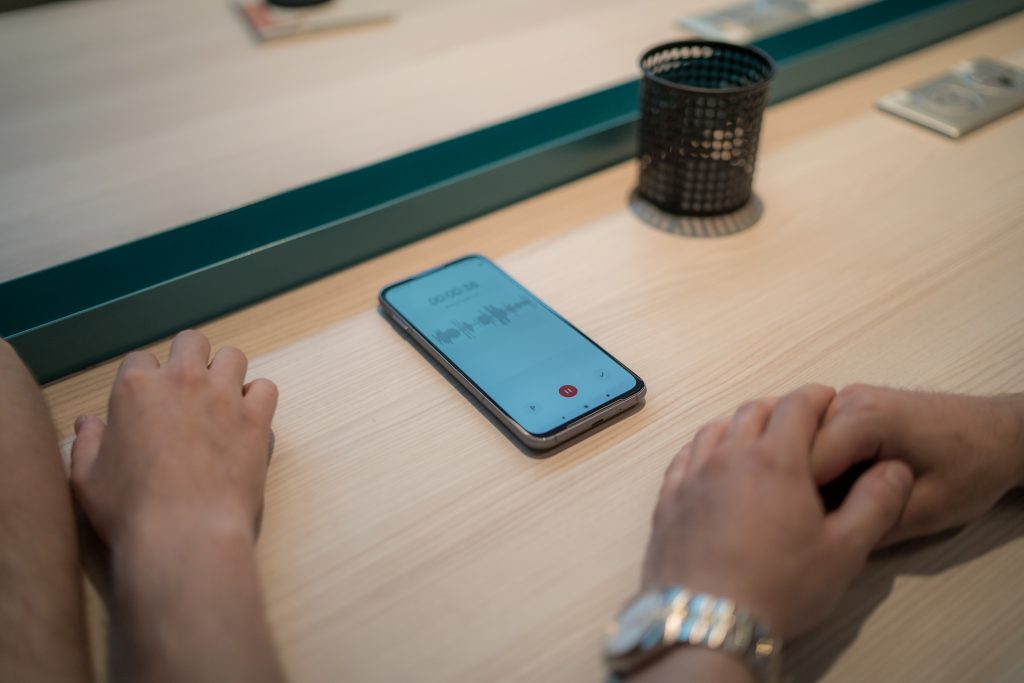
Here are our test results, measured in LUFS (Loudness Unit Full Scale). As a reference, we expect loudness levels to be above -24 LUFS for recorded content — you can see all results are well above that threshold:
| Meeting | Life Video | Selfie Video | Memo |
| -19.4 LUFS | -18.9 LUFS | -18.3 LUFS | -18.5 LUFS |

Artifacts
Black Shark 3 Pro
30
97
Unlike in playback, the Black Shark 3 Pro delivers a poor artifacts performance when refcording, notably impaired by high-midrange resonances in every use case.
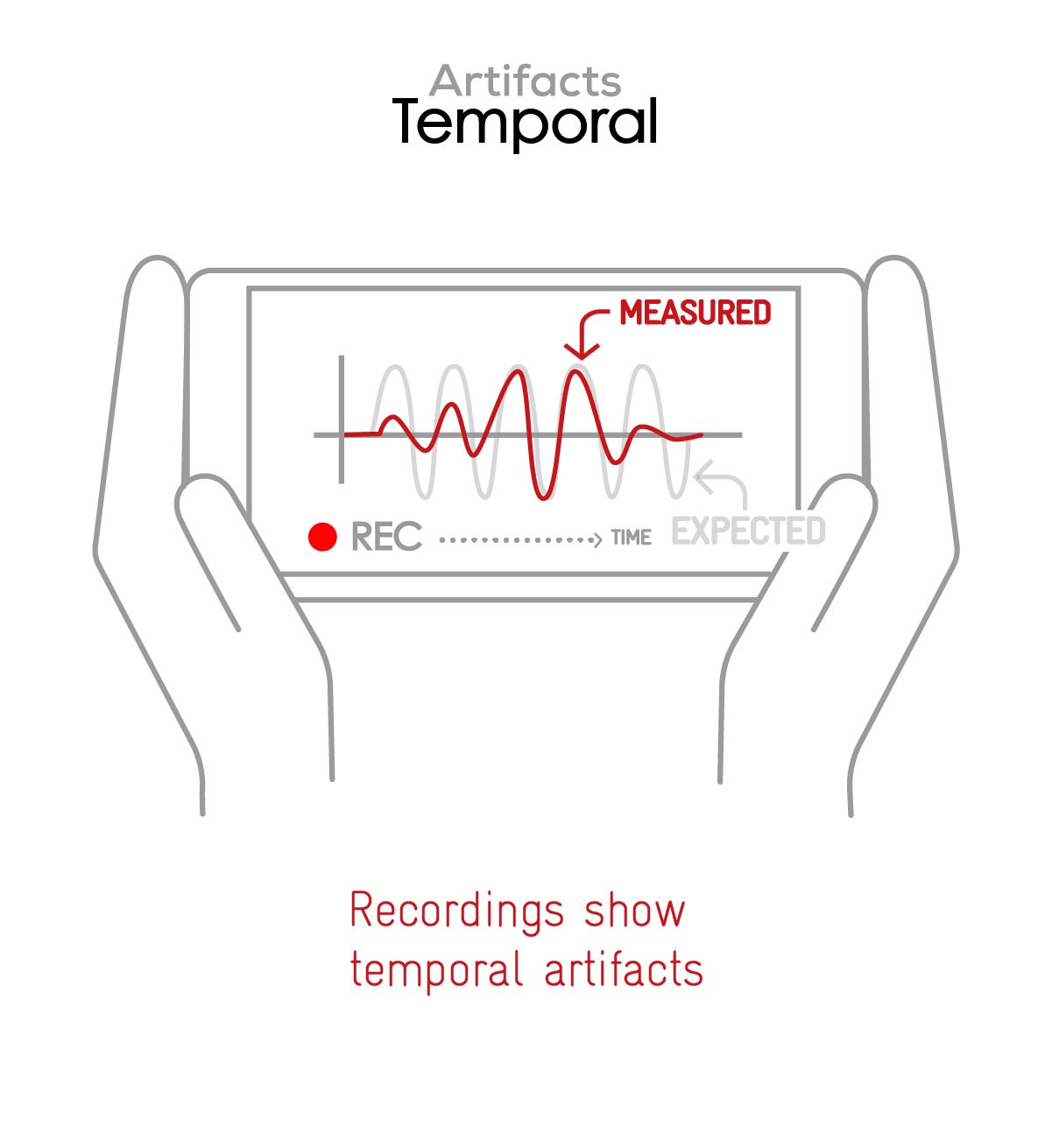
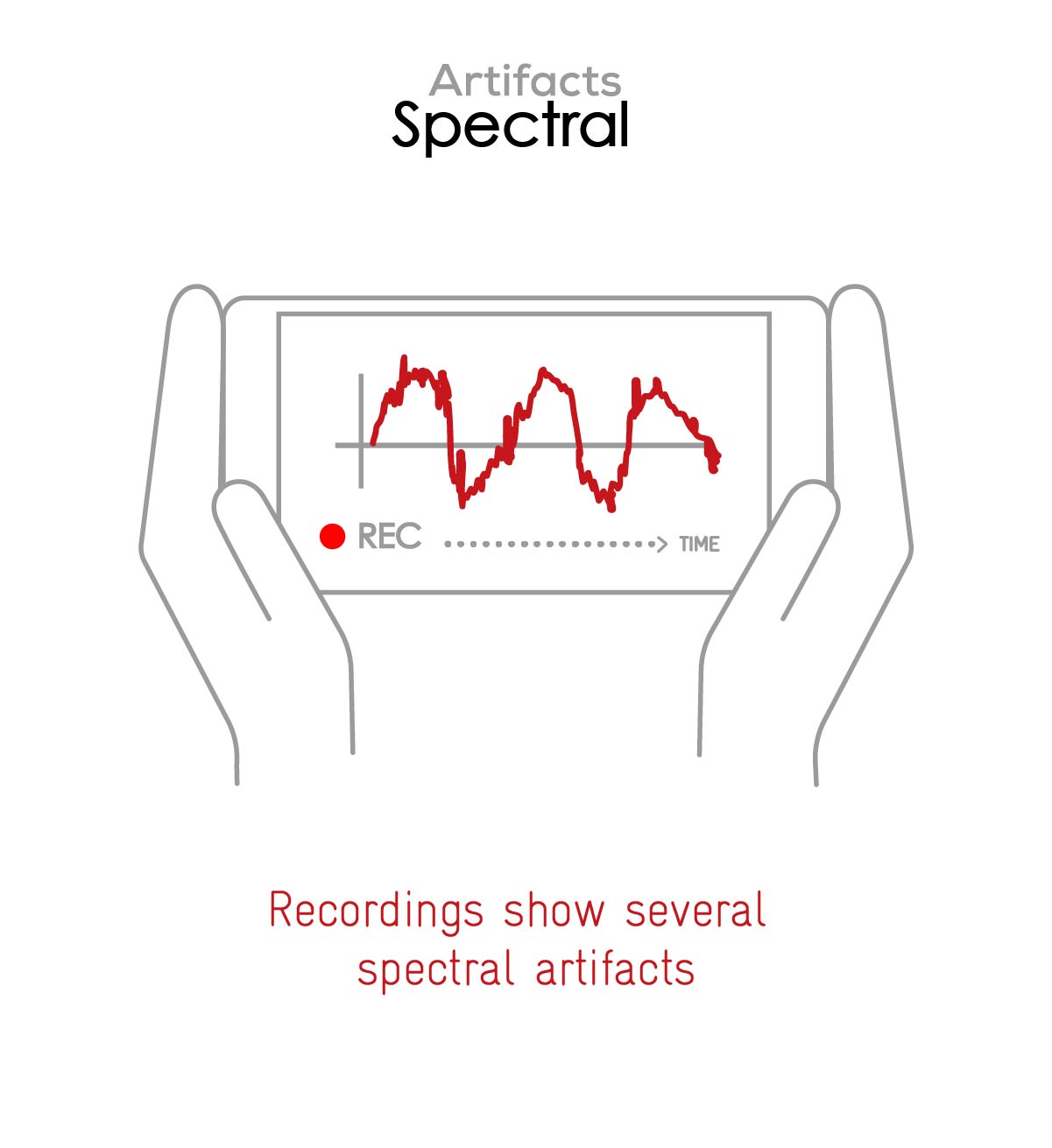
In loud environments, one can clearly hear severe distortions, hissing, and an ill-adjusted compressor which generates fade-ins at the beginning of every recording. Furthermore, voices are affected by pumping, and shifted to the side due to microphone occlusions. That all said, finger noises are pretty well handled. You can hear some of the artifacts for yourself in this sample recording:

Background
Black Shark 3 Pro
18
60
While the Black Shark 3 Pro’s Background sub-score is amongst the lowest we have seen, it still is 7 points ahead of its predecessor’s. Unsurprisingly, many of the flaws previously mentioned — hissing, lack of tonal balance, resonances, pumping — participate in inducing a poor background performance. What is more, meeting recordings are impaired by a constant static noise.
Conclusion
While the Black Shark 3 Pro’s overall Audio score tops its predecessor’s by a few points, it continues to lag behind our database’s average score. In recording, although the third generation demonstrates improvement, its performance still is well below average due to severe tonal imbalance, numerous artifacts and poor background recordings. As for audio playback, unsurprisingly, Xiaomi’s latest gaming phone globally fares slightly better when playing games. While it certainly delivers good volume and excels at controling artifacts, its tonal imbalance and muffled overall sound impairs dynamics and spatial reproduction. However, the Biso Sound feature fixes many of those shortcomings by substantially increasing the low- and high-end extension, as well as restoring natural mids and sharp treble.
Playback
Pros
- Excellent artifacts performance
- Speakers are very hard to occlude
- Biso Sound feature improves high- and low-end extension
Cons
- Lack of low- and high-end, midrange-oriented sound
- Sound doesn’t follow rotation of the device
- Poor bass precision and punch
Recording
Pros
- Very good recording loudness in every app used
- Good localizability in Life Videos
Cons
- Lack of bass, canny overall sound
- Considerable number of artifacts (distortion, compression, resonances, hissing)
- Poor background rendering


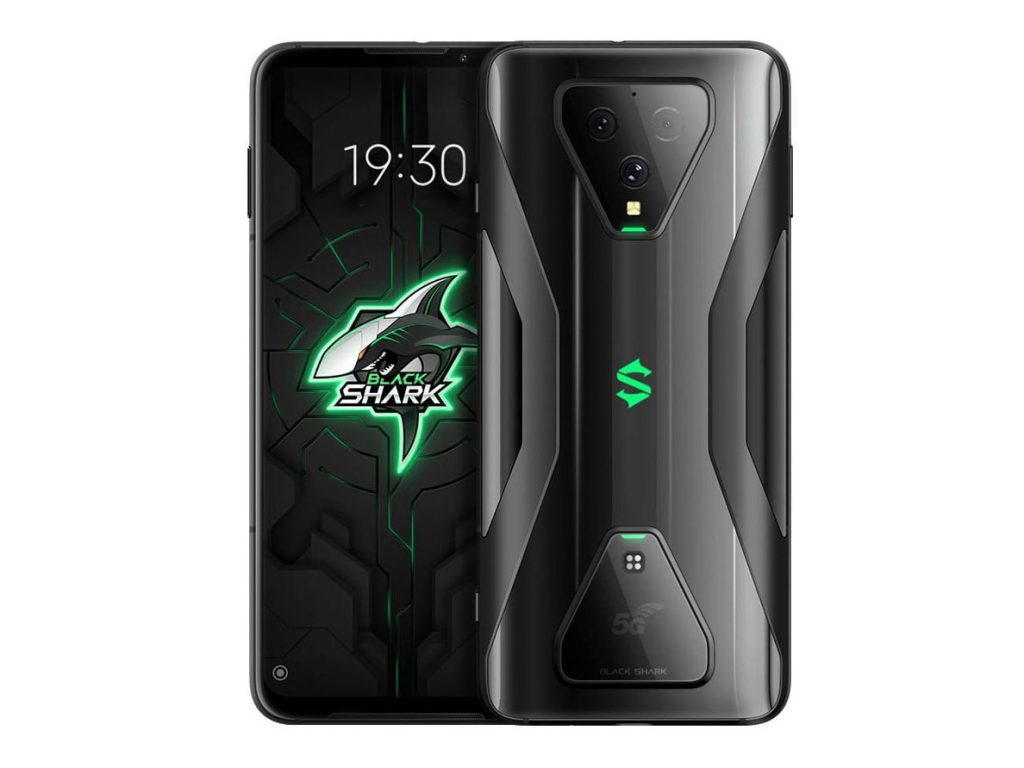


DXOMARK encourages its readers to share comments on the articles. To read or post comments, Disqus cookies are required. Change your Cookies Preferences and read more about our Comment Policy.